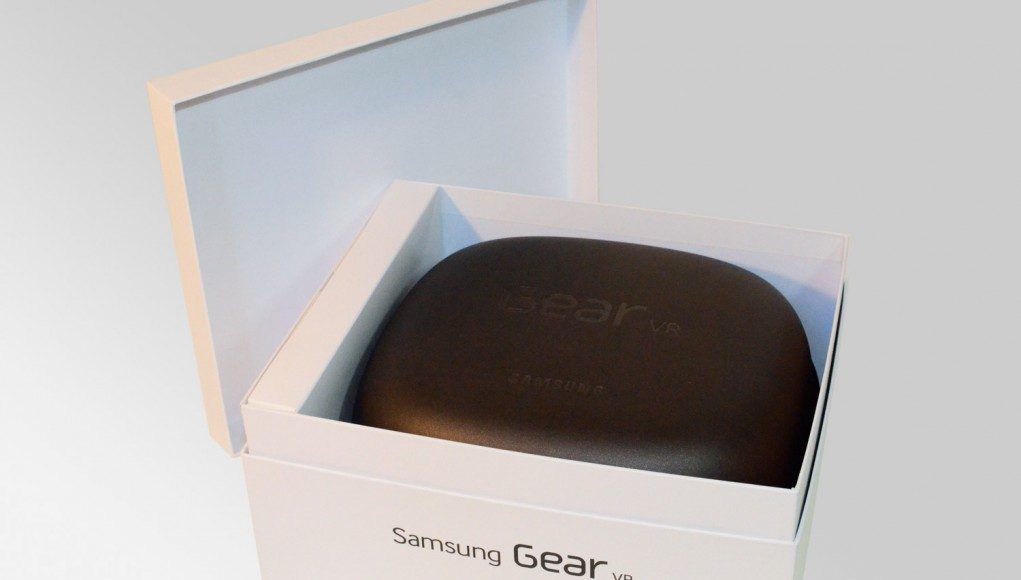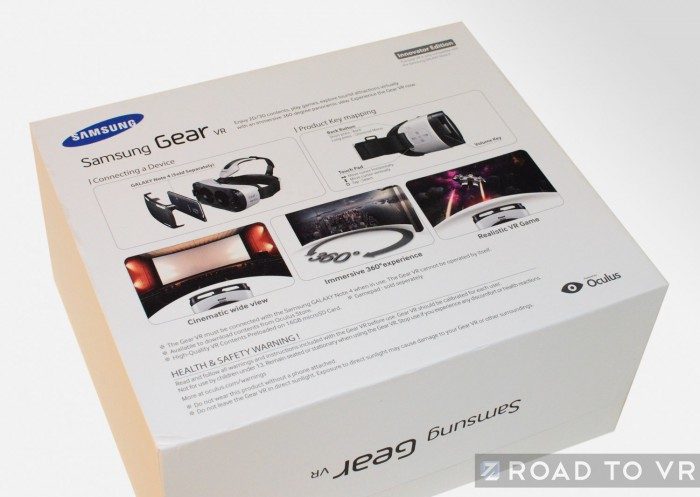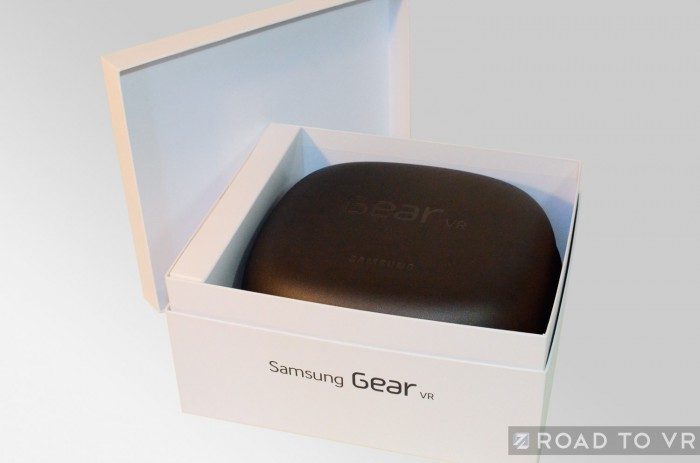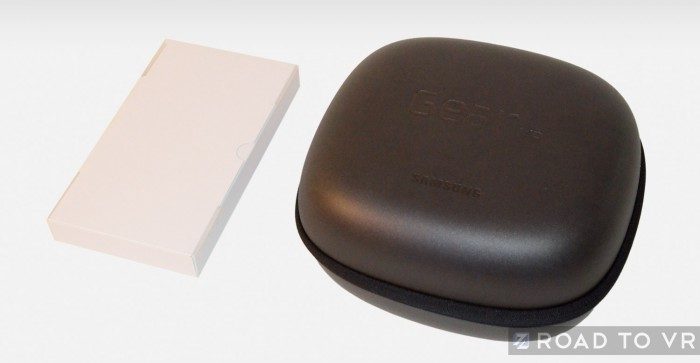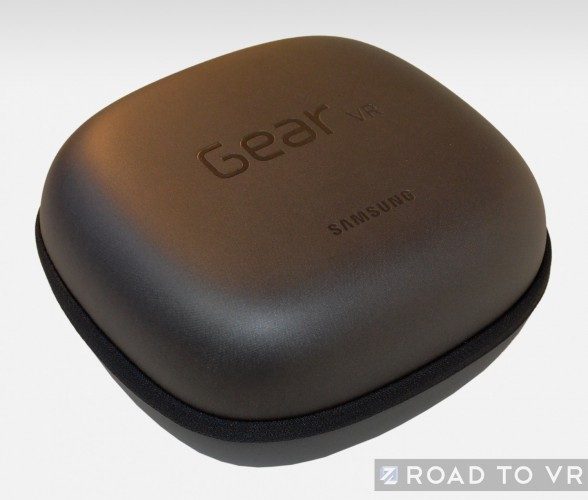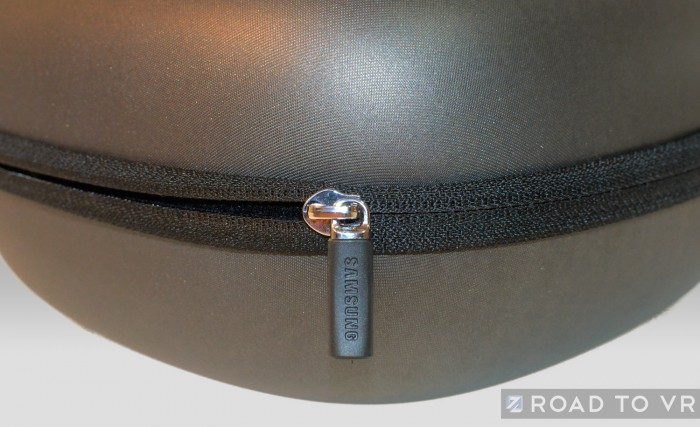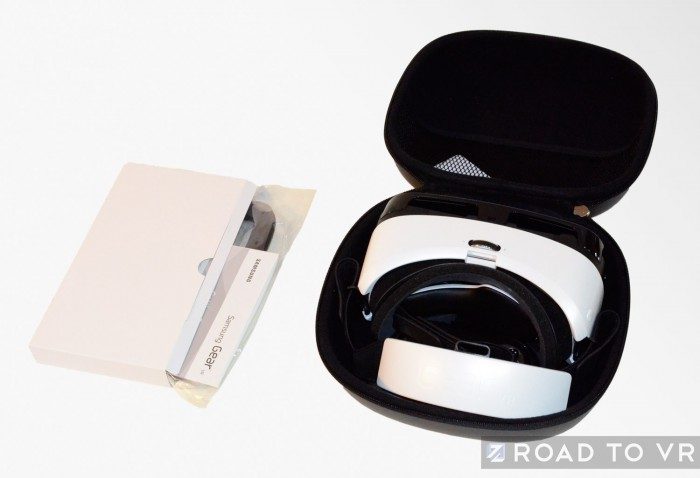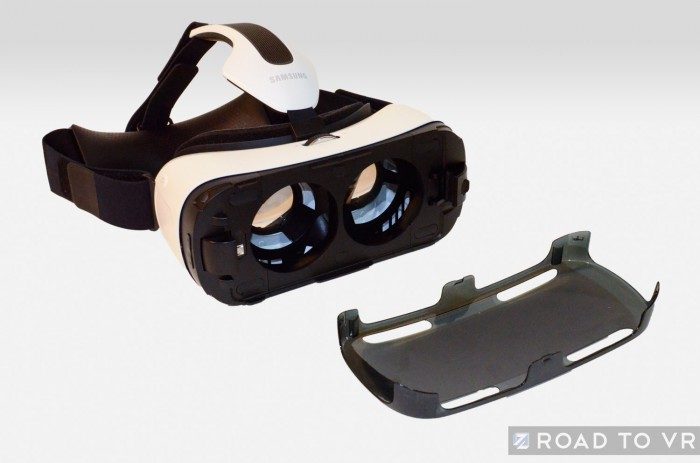Today is the day that essentially the first consumer VR headset launched in the last decade becomes available. That headset is Samsung’s Gear VR, created in collaboration with Oculus. Join us for an unboxing of this impressive device.
See Also: Samsung Gear VR Detailed Review: Part One – Design Comparison to Oculus Rift DK2
After more than three years of tracking the consumer VR industry on Road to VR, it’s my pleasure to share with you an unboxing of the first consumer mobile VR headset. After dealing with prototypes, development kits, alpha, beta, gamma—you name it—here is a VR headset that’s intended for end-users. That said, Samsung does call this the ‘Innovator Edition’ and stresses that it’s not for everyone, it’s meant for early-adopters, VR enthusiasts, and developers too. Still, Gear VR is a huge step up in the user-friendly department, and it makes the consumer release of Oculus’ forthcoming VR headset (known colloquially as the ‘CV1’) even more promising.
The difference between Gear VR and what you might be used to as a user of the Oculus DK1 or DK2 is the end-to-end experience. Oculus Home, the software that encompasses your Gear VR experience, does just that—within it you can browse, install, update, and play games without ever leaving the headset. You can even access the real world without removing your headset thanks to Gear VR’s passthrough camera!
See Also: Gear VR Preview – Installing and Using Apps in Oculus Home with Ritchie Djamhur
This all-in-one environment is critical to widespread appeal. Think of the smartphone market: apps are hardly different than the ‘software’ that came before them, but give developers an easy way to distribute—and consumers and easy way to find, pay, and download—and suddenly you’ve got massive app ecosystems that support a rich development community. That’s where Oculus and Samsung are headed, and Gear VR and Oculus Home are the first, very impressive, steps.

